The Korean War, 70 years Ago, The Inquirer, Philadelphia PA
Korean War Weekly Front Pages
1 April – 7 April 1951
The Inquirer, Philadelphia PA
The Iron Triangle awaits.
*****
At the start of the week, tanks and infantrymen of a second American division pushed across the 38th Parallel. The two task forces shot up outpost positions of massive Communist forces building up for a possible offensive. The forces rolled ahead of other Allied troops poised within striking distance of the boundary all across the 140-mile Korean front. The crossings were the first by Americans since the Allies retreated into South Korea exactly three months before. Another South Korean division crossed the old boundary in force, extending the Allied bridgehead on the Communist east coast to a salient 10 to 15 miles wide and at least 8-1/2 miles deep.
General MacArthur warned of an ominous buildup by Chinese Reds in central Korea just north of the Parallel. Underscoring his warning, Allied fliers counted 2,300 enemy vehicles on North Korean roads. It was the biggest single night’s movement of the Korean War by the Reds. More than 1,000 of the vehicles were brought under air attack. Another attempt to burst through UN lines with a “human wave” counteroffensive was expected. Intelligence estimates figured the reinforcements at the front swelled the Red potential to at least 63 divisions – more than 500,000 men, the largest number of fresh and seasoned troops ever committed in the war.
American troops drove in force more than three miles into North Korea and unleashed a massive artillery barrage on Chinese Communists racing to head them off. The tank-led American GIs swarmed across the 38th Parallel above Seoul as General MacArthur jeeped 15 miles into North Korea at the other end of the line for a front line visit to South Korean battle stations. At the extreme western end of the battlefront Chinese and North Korean forces opened heavy counterattacks on South Korean forces and forced them back across the Imjin River, although Allied artillery and air strikes caught the Reds in the open and took a heavy toll. American Sabre jets shot down a Communist MIG-15 and damaged two others in a renewal of aerial dogfights in northwestern Korea.
Six Allied divisions inched forward across the 38th Parallel late in the week in the teeth of fast-hardening Red resistance. US tanks spearheading an Allied offensive rammed eight miles inside North Korea up the Seoul-Kumhwa highway. The column carried the war to the doorstep of the Reds’ “Iron Triangle,” anchored on the towns of Chorwon, Kumhwa and Pyonggang. In it the core of a half-million man Communist army was preparing for a massive spring attack. The 8th Army sought to beat it to the punch.
The Speaker of The House, Sam Rayburn of Texas, interrupted bitter House debate on the Administration’s draft bill to warn that the United States was in greater danger of a third world war than at any time since 1945. He told the House that Communist troops other than Chinese – obviously Russian – were massing in Manchuria across the border with Korea. He also hinted that UN troops in Korea might be in for some real opposition in the air.
The White House rejected General MacArthur’s proposal to use 800,000 Anti-Communist Chinese Nationalist troops on Formosa [Taiwan] against the Chinese Reds in Korea. The White House press secretary would not comment directly, but said he knew of no change in Mr. Truman’s policy.
A plea from a young Army doctor stationed in Korea led to the sending of enough donated material to that war-torn land for the testing of a million persons who may have tuberculosis. The doctor had been placed in charge of a clinic for refugee children in Pusan, in addition to his regular Army duties.
Mrs. Nellie Red Cloud, of Friendship, WI accepted from General Omar N. Bradley the Medal of Honor awarded to her son, Cpl. Mitchell Red Cloud Jr., who had been killed in Korea. The ceremony, in which three Medals of Honor were awarded, was held in Washington.
(Photo courtesy newspapers.com, Philadelphia Inquirer)
